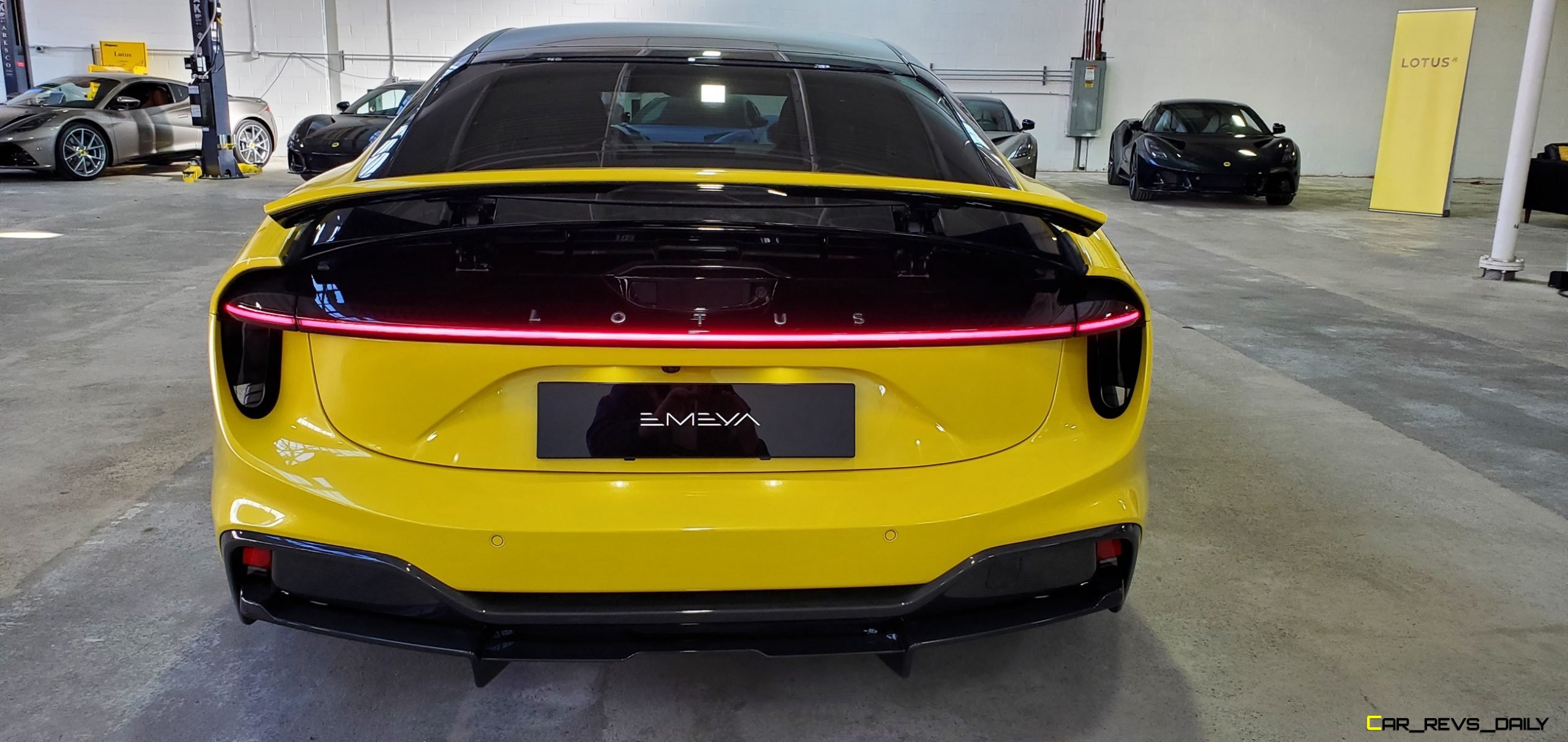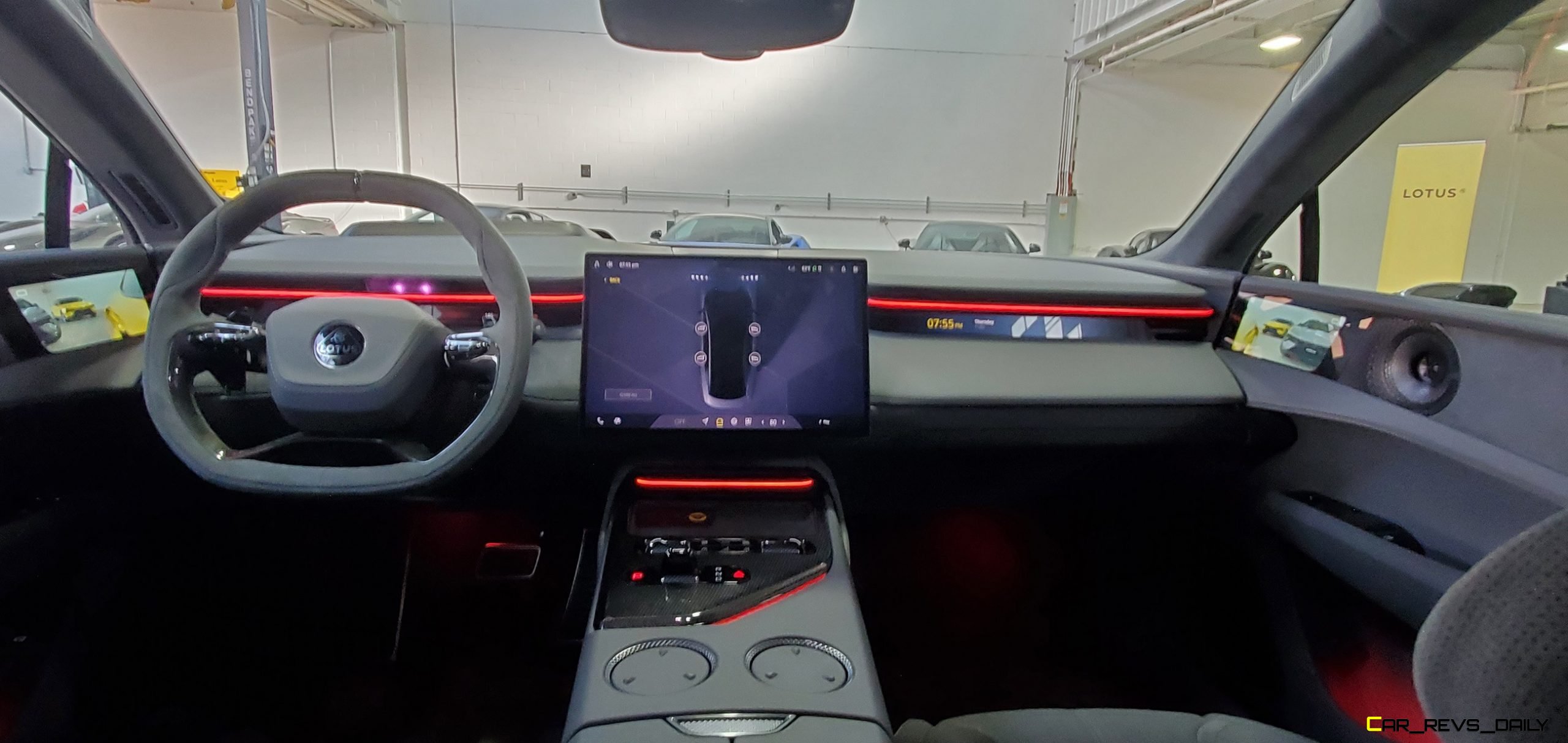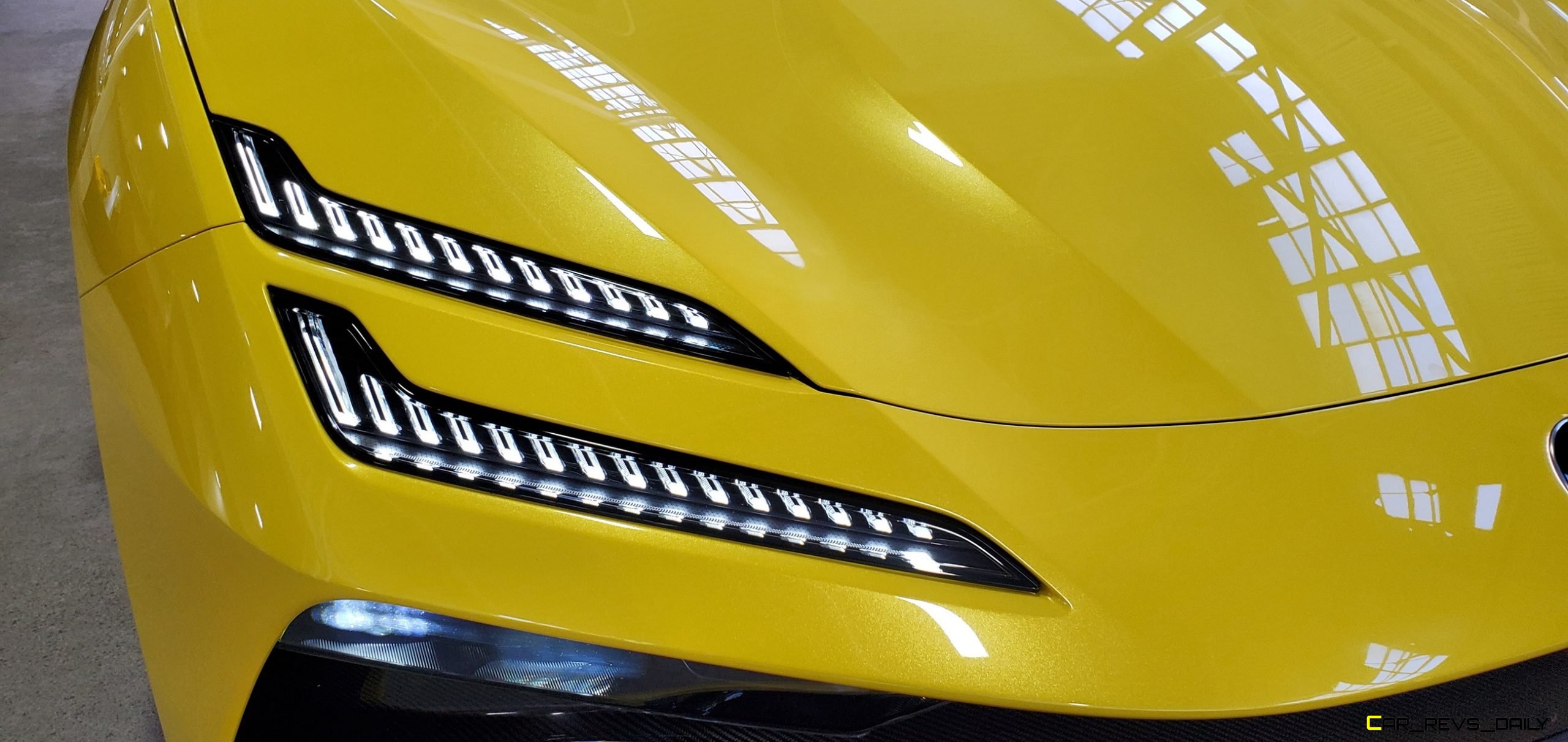The Lotus Emeya is promising to be a potent entry in the EV wars. The sleek British EV sedan promises to bring the latest in EV tech to consumers while also pushing Lotus into the EV age alongside the Eletre SUV. However, how quickly it can charge at a charging station will be a paramount buying point for customers, and the Emeya managed to trounce its competitors in a recent EV charging test that took place in Asia.
Sending a statement to the competition

The result was achieved in testing by the management consulting company P3. P3 surveyed EVs that were currently available for purchase in Asia with the Emeya being included in the pool of models tested as part of its annual Charging Index Study. The Emeya proved to be the undisputed winner of the study with the model P3 tested being able to go from 10% to 80% charged in just 14 minutes when hooked up to a proper fast charging system.
The Emeya managed to do this while holding off challenges from rivals like the BMW i7 and the Tesla Model Y Long Range. The test was performed in real-world public settings with the vehicles being hooked up to Combined Charging System (CCS) Type 1 and Type 2 at speeds up to 400 kW. The Tesla eschewed CCS a long time ago and the Model Y was charged at V3 Supercharger stations. The study also took measures to ensure that the charging stations were not restricting power in anyway.
A diverse pool of rivals
The models tested and their net power figures included the Mercedes-Benz EQS 450+ (108.4 kWh), Lotus Emeya (102 kWh), BMW i7 eDrive50 (101.7 kWh), KIA EV9 rear-wheel drive (99.8 kWh), XPENG G9 rear-wheel drive long-range (93.1 kWh), NIO ET5 Touring (90 kWh), Genesis G80 Electrified (82.5 kWh), Tesla Model Y long-range rear-wheel drive (76.8 kWh), Hyundai IONIQ 6 rear-wheel drive (74 kWh), and BYD Atto 3 (60.4 kWh).

In the case of the Lotus, the study revealed that the Emeya was able to reach a max charging speed of 402 kW with the car having sustained charging speeds of 331 kW during the majority of the testing period. That result beat the majority of the pool of contenders with the only exception being the Xpeng G9 a Chinese market-exclusive EV. The Emeya’s rate of charge eventually dipped to a level closer to its competitors towards the end of the test but the Lotus was still above many of its rivals.
What’s Next?
The 2025 Lotus Emeya is currently on sale but only in select markets. The U.S. version of the Emeya will go on sale later this year and follow the same layout for trims as the Eletre SUV with the sedan being offered in base, S and R trims with pricing projected to begin at $100,000. European and international versions like the one Lotus invited us to look at a short while back will come with advanced camera mirror technology but U.S. ones will get traditional side mirrors due to our country’s tougher safety regulations.

